A few months ago, Apex Publications invited me to be part of their Back Catalogue Blog Tour. I chose to write a book review for Chesya Burke’s Let’s Play White as my contribution to it. Other participants will be sharing author interviews and guest posts throughout this month, so click the link above to check them out.
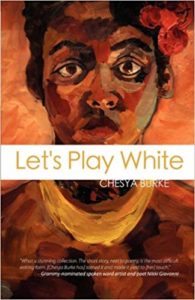
Title: Let’s Play White
Author: Chesya Burke
Publisher: Apex Publications
Publication Date: 2011
Genres: Science Fiction, Horror, Contemporary, Historical
Length: 200 pages
Source: I received a free copy from Apex Publications.
Rating: 4.5 Stars
Blurb:
White brings with it dreams of respect, of wealth, of simply being treated as a human being. It’s the one thing Walter will never be. But what if he could play white, the way so many others seem to do? Would it bring him privilege or simply deny the pain? The title story in this collection asks those questions, and then moves on to challenge notions of race, privilege, personal choice, and even life and death with equal vigor.
From the spectrum spanning despair and hope in “What She Saw When They Flew Away” to the stark weave of personal struggles in “Chocolate Park,” Let’s Play White speaks with the voices of the overlooked and unheard. “I Make People Do Bad Things” shines a metaphysical light on Harlem’s most notorious historical madame, and then, with a deft twist into melancholic humor, “Cue: Change” brings a zombie-esque apocalypse, possibly for the betterment of all mankind.
Gritty and sublime, the stories of Let’s Play White feature real people facing the worlds they’re given, bringing out the best and the worst of what it means to be human. If you’re ready to slip into someone else’s skin for a while, then it’s time to come play white.
Review:
Content Warning: racism, pregnancy, childbirth, deaths (including the death of a child), rape, domestic violence, and miscarriage. This will otherwise be a spoiler-free post, and I will not be going into detail about any of these topics in my review.
As much as I’d love to write a full-length review of all eleven stories in this anthology, doing so would have inflated this post to five or six thousand words at minimum because each one was set in its own unique universe. What I decided to do instead was to pick a few of the stories I enjoyed the most and talk about why I liked them so much. If any of these mini-reviews catches you attention, I highly recommend reading the whole anthology! It was well done and pretty interesting to read.
Purse
In “Purse,” a woman named Manyara battled anxious thoughts about the other passengers on the bus she was travelling on, especially when it came to a black man who was sitting near her. She was carrying thousands of dollars in her purse and worried she’d be robbed. This tale was filled with creative plot twists, so I’ll need to be mindful of what else I say about it.
What impressed me the most was how much effort I had to put in as a reader to figure out what was really happening on this bus ride. There was so much more going on with Manyara than she originally shared with the audience. This is something I’d recommend reading with as few assumptions about what is happening as your brain can handle.
What She Saw When They Flew Away
Grief doesn’t always end on a set schedule. Pearl, the main character of “What She Saw When They Flew Away,” had suffered a terrible loss before this tale began. Not only did she struggle to come to terms with it, she had even more trouble helping her daughter, Nayja, adapt to their new life together. Their sometimes-conflicting reactions to the same tragedy made me wonder what would happen by the final scene.
While I can’t say much else about their lives without giving away spoilers, I loved the metaphors Pearl used to explain how she was feeling even though I do wish she’d been given more time to show how they affected her life instead of simply telling the audience they were bringing up bittersweet memories.
Cue: Change
As the blurb mentioned, “Cue: Change” was set in a zombiepocalypse. These weren’t typical zombies, though, and their unpredictable effect on society was something I couldn’t have predicted ahead of time. I was fascinated by this twist on this monster. It was completely different from any other take on them I’ve read before, and it made me wish for more stories like this.
The humans also didn’t behave the way I’d normally expect them to in this sub-genre. Not only did they make calm, rational decisions, they stuck to their regular routines as much as they possibly could. This isn’t a common reaction to zombies, and it made me wish this was a full-length novel so I could get to know the characters even better than I did.

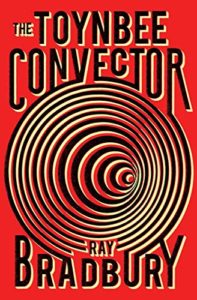 “The Toynbee Convector” is a
“The Toynbee Convector” is a  The first thing that impressed me about this short story was that it existed in our universe, warts and all. This wasn’t an episode of Star Trek….although Star Trek would be an interesting choice for a future Hopeful Science Fiction post!
The first thing that impressed me about this short story was that it existed in our universe, warts and all. This wasn’t an episode of Star Trek….although Star Trek would be an interesting choice for a future Hopeful Science Fiction post! The importance of hope was of the recurring themes in Roger and Craig’s interview, and it was the second thing that made me think this would be the perfect addition to this series.
The importance of hope was of the recurring themes in Roger and Craig’s interview, and it was the second thing that made me think this would be the perfect addition to this series. Not everyone necessarily has the same opportunities in life, but we all have choices.
Not everyone necessarily has the same opportunities in life, but we all have choices. Title: Pads for His Throne
Title: Pads for His Throne Title:
Title: 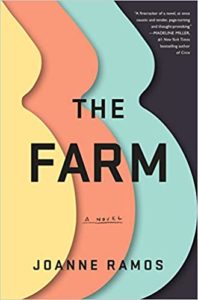 Title: The Farm
Title: The Farm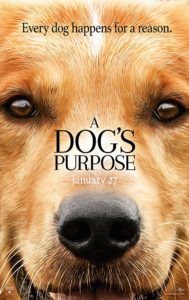 Last year I blogged about my to-watch list of science fiction and fantasy films. Since then, I’ve been periodically reviewing certain speculative fiction films that I enjoyed and thought you all might like, too. Previous instalments in this series include
Last year I blogged about my to-watch list of science fiction and fantasy films. Since then, I’ve been periodically reviewing certain speculative fiction films that I enjoyed and thought you all might like, too. Previous instalments in this series include 


 Someone found my blog recently by searching for games one can play while listening to audiobooks. This turned out to be a much better idea for today’s post than the one I was originally working on, so I decided to go for it.
Someone found my blog recently by searching for games one can play while listening to audiobooks. This turned out to be a much better idea for today’s post than the one I was originally working on, so I decided to go for it. Monument Valley is a puzzle game set in a magical world where all but one member of a society has disappeared. The physics and geometry of this place isn’t the same as ours, so some of the solutions can take a while to uncover. Your goal as the player is to solve the puzzles and gradually lead Princess Ida, the main character, closer to the truth about what really happened to her people.
Monument Valley is a puzzle game set in a magical world where all but one member of a society has disappeared. The physics and geometry of this place isn’t the same as ours, so some of the solutions can take a while to uncover. Your goal as the player is to solve the puzzles and gradually lead Princess Ida, the main character, closer to the truth about what really happened to her people. Raise your hand if you loved colouring when you were a kid! I adored it so much that my grandmother kept a big stack of colouring books at her house so I’d always have something quiet and amusing to do there.
Raise your hand if you loved colouring when you were a kid! I adored it so much that my grandmother kept a big stack of colouring books at her house so I’d always have something quiet and amusing to do there. *Creative or peaceful mode only unless you enjoy living dangerously.
*Creative or peaceful mode only unless you enjoy living dangerously.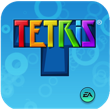 Is there anyone left on Earth who doesn’t already know what Tetris is?
Is there anyone left on Earth who doesn’t already know what Tetris is?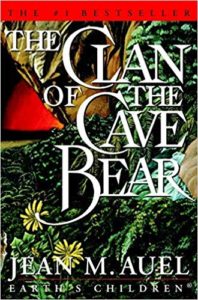 The Clan of the Cave Bear is a prehistoric novel written by Jean M. Auel in 1980 about an orphaned human girl named Ayla who was raised by Neanderthals. It has four sequels about Ayla’s life as an adult.
The Clan of the Cave Bear is a prehistoric novel written by Jean M. Auel in 1980 about an orphaned human girl named Ayla who was raised by Neanderthals. It has four sequels about Ayla’s life as an adult.
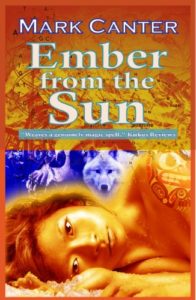
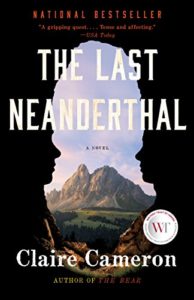
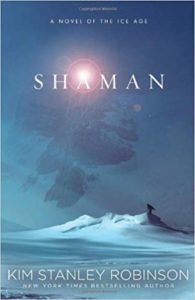


 Yes, this includes people who prefer, say, paranormal romances that only have the slightest touch of fantasy added to them or mysteries that are pretty hardboiled until the final scene when the audience discovers the killer was an 900-year-old vampire. TV shows and films count, too, especially if they are in any way tied to a book or graphic novel.
Yes, this includes people who prefer, say, paranormal romances that only have the slightest touch of fantasy added to them or mysteries that are pretty hardboiled until the final scene when the audience discovers the killer was an 900-year-old vampire. TV shows and films count, too, especially if they are in any way tied to a book or graphic novel.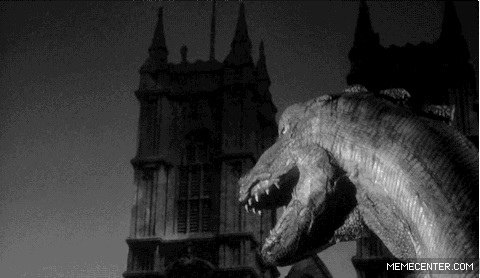
 How many of you have ever written a six-word story, twitterature, dribble, minisaga, drabble, or other piece of
How many of you have ever written a six-word story, twitterature, dribble, minisaga, drabble, or other piece of  Lungless? Then how are you smoking?
Lungless? Then how are you smoking?